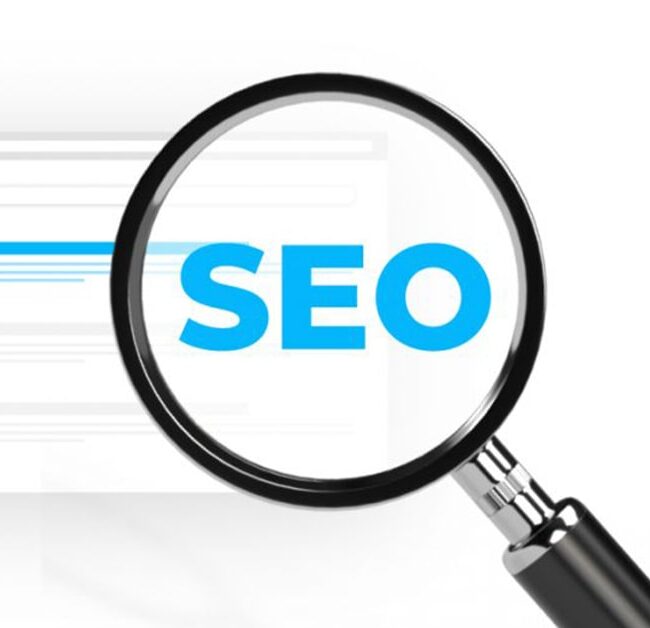
On-page SEO encompasses three main categories: content, HTML, and website architecture. Let’s delve into each of these categories individually.
Content:
We all know that content is crucial for SEO. It’s like the engine of a sports car – without it, your website won’t go far. However, not all content is created equal. Here are the key content factors to consider for maximizing your on-site SEO:
1. E-A-T (Expertise, Authoritativeness, Trustworthiness):
Google values these qualities in a website and considers them when ranking. Focus on building expertise, showcasing authority, and establishing trustworthiness.
2. Keywords:
Use relevant keywords throughout your content, including in headings and the body. Conduct keyword research to understand what your target audience is searching for.
3. SEO Writing:
Write content that is both search engine-friendly and appealing to human readers. Emphasize readability, avoid keyword stuffing, use subheadings, and incorporate bulleted lists for better user experience.
We have a comprehensive guide dedicated to helping you master the art of content writing, but here are some key takeaways to keep in mind:
Prioritize Readability: Ensure your content is easily scannable so that users can quickly find the information they’re seeking.
Avoid Keyword Overuse: Steer clear of keyword stuffing, a technique used in the past to manipulate search engines. Google now penalizes sites that excessively use keywords. If caught, your page may be demoted or even removed from search engine results pages (SERPs).
Keep Sentences and Paragraphs Concise: Lengthy paragraphs and unbroken walls of text can be overwhelming for readers. Opt for shorter sentences and paragraphs to improve readability and prevent users from being driven away.
Utilize Subheadings: Subheadings are visually distinct and catch the attention of users who are scanning your page. Include an ample number of subheadings in your content to guide readers through the page.
Employ Bulleted Lists: Breaking information down into bulleted lists is an effective way to present content in easily digestible chunks. Use bullet points whenever appropriate.
Remember, these techniques contribute to creating user-friendly content and improving the overall reading experience.
4. Visual Assets:
Incorporate images, videos, and infographics to enhance your content. Optimize these visual assets with SEO-friendly alt tags, appropriate file formats, and sizes for fast loading.
5. Title Tags:
Craft descriptive and relevant title tags to provide context and demonstrate your site’s relevance to search engines.
6. Meta Description:
While not a direct ranking factor, well-crafted meta descriptions help Google understand your page’s content and significantly impact click-through rates (CTR).
7. Image Optimization:
Optimize images with SEO-friendly alt tags, suitable file formats, customized file names, and mobile-friendly attributes.
8. Geotagging (For Local Search):
For businesses targeting local traffic, optimize local listings and citations, create location-specific content, and establish links with other local businesses.
9. Site Speed:
Ensure your website loads quickly as slow-loading sites not only frustrate visitors but also negatively impact search rankings. Optimize factors like compression, redirects, image optimization, and leverage browser caches.
A slow-loading website not only frustrates and drives away visitors but also negatively impacts your search ranking.
Search Engine Journal conducted an in-depth analysis on the impact of page loading time on SEO and confirmed that page speed is indeed a ranking factor in search results.
However, the specific minimum speed requirement for websites is continually evolving.
Currently, it can be achieved by meeting Google’s Core Web Vitals minimum threshold. If your website falls short of these standards, there are several steps you can take to improve its speed, including:
Enabling compression.
Reducing redirects.
Optimizing images.
Leveraging browser caches.
10. Responsive Design:
In 2016, mobile search volume exceeded desktop for the first time, and this trend has continued to grow over the years.
Currently, mobile devices contribute to over 56% of all internet usage, while tablets account for an additional 2.4%.
Due to the increasing number of mobile users, Google made a logical decision to prioritize websites with responsive designs in mobile search rankings.
This mobile-friendly update specifically affects search results conducted on mobile devices. While it is still possible to rank in these results without a responsive design, Google strongly advises having a mobile version of your website.
11. URL Structure:
URLs used to have a significant impact on SEO, with professionals strategically including keywords in web addresses to improve rankings.
However, as is typical of Google, the algorithm evolved, and URLs now play a lesser role in SEO.
That being said, URLs still contribute to your overall score with search engines, although their prominence has diminished.
While URLs may not be your top priority in SEO, there is evidence to suggest they play a part in a site’s initial ranking. Some professionals believe URLs are utilized to group pages together.
Therefore, while not as crucial as before, it is still important not to disregard the optimization of URLs entirely.
12. Links:
Establishing expertise, authoritativeness, and trustworthiness through links is essential. Focus on internal linking, outbound linking to reputable sources, and acquiring high-quality inbound links from other websites.
Recall E-A-T, mentioned earlier in this article? Establishing expertise, authoritativeness, and trustworthiness is crucial for your website, and one of the best ways to achieve this is through links from reputable websites.
To understand the significance of links, consider this analogy: When it comes to entrusting your 401(k), would you prefer a financial advisor managing Warren Buffet’s portfolio or your cousin Jimmy, who lives in your aunt’s basement? While Jimmy may do a fine job and potentially outperform Buffet’s advisor, he lacks the credibility that comes with a strong endorsement.
Links operate similarly.
In the realm of SEO, there are three main types of links to be aware of:
Internal links: These are links that direct users to another page within your website, such as the one provided here.
Outbound links: Also known as external links, these point to websites on different domains, like the example linking to Google’s SEO page.
Inbound links: Commonly referred to as backlinks, these are links from other websites that direct users to your page.
Of these three types, inbound links carry the most significant SEO benefit, but they are also the most challenging to obtain.
SEO professionals employ various strategies to generate quality inbound links, including leveraging social media, creating shareable infographics, and simply requesting backlinks.
However, not all inbound links are helpful. Some links, particularly those originating from link farms, forum posts, and guestbooks, can be fraudulent attempts to manipulate search engine rankings. It is crucial to disavow such links to avoid negatively impacting your ranking.
For further guidance on how and when to disavow links, refer to relevant information provided by authoritative sources.


